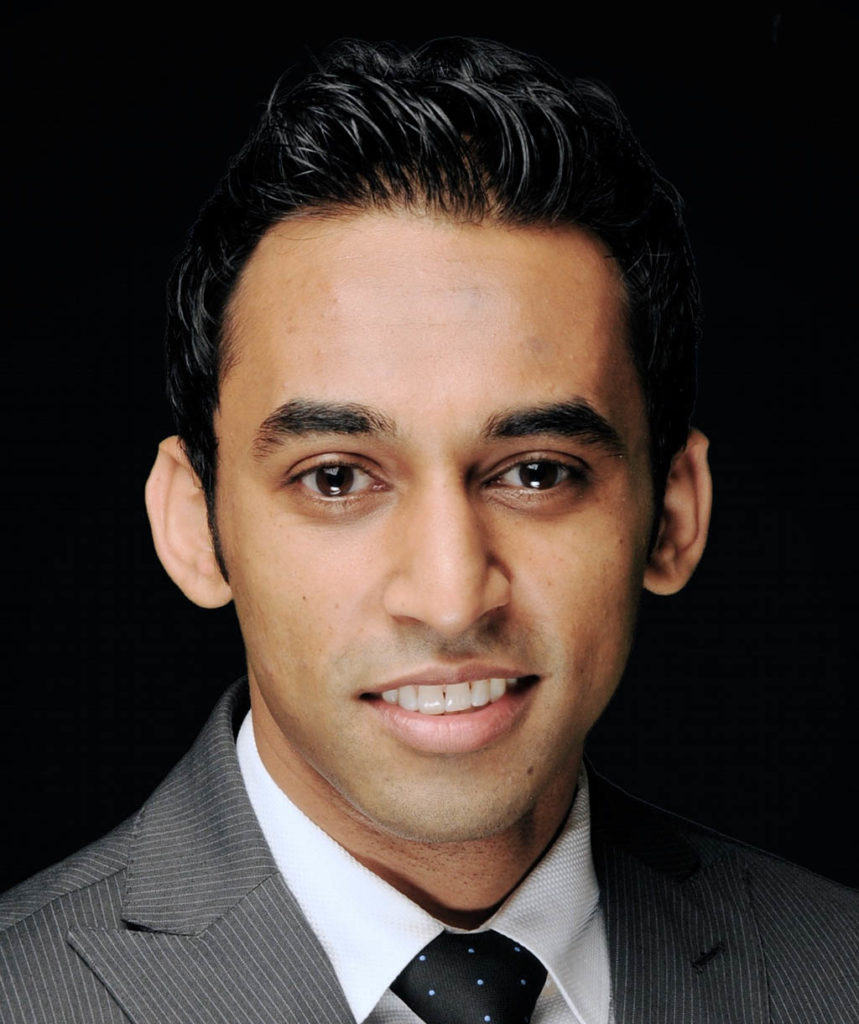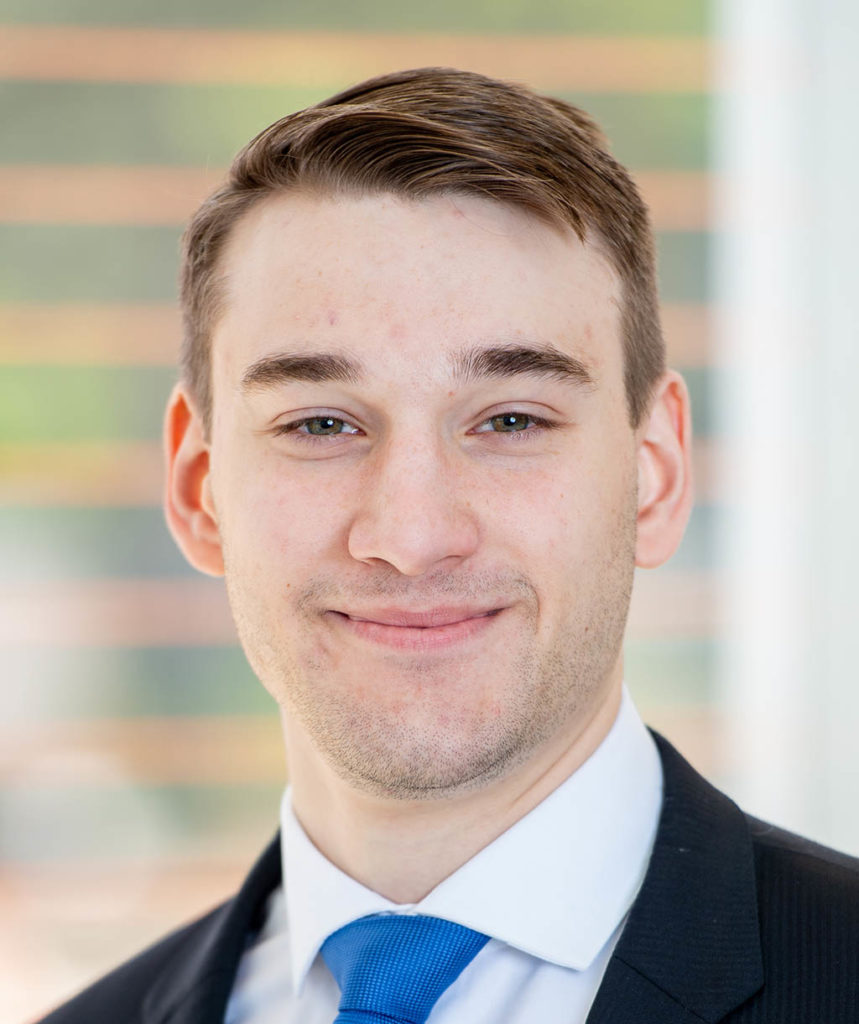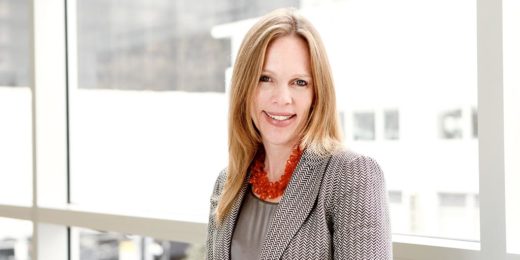During rotations, medical students spend a lot of time in hospitals and clinics, learning the art of patient care; however, they don't often get a glimpse at how health care organizations are run.
Stanford emergency medicine resident Sunny Patel, MD, MBA, thinks they should. To help provide that behind-the-scenes view, he created Stanford's new Healthcare Leadership and Administration Fellowship, a seven-week program in which students complete research projects on patient experience and interview more than two dozen hospital leaders, including Lloyd Minor, MD, dean of the Stanford School of Medicine and David Entwistle, president and CEO of Stanford Health Care.

"As health care systems grow more complex, physicians are being called on to demonstrate managerial, leadership and administrative skills in order to provide the highest level of care," said Patel, the fellowship's founder and director.
The goal of the fellowship is to provide an opportunity for medical students to experience various aspects of health care management, including hospital administration and finance, clinical quality and patient safety, policymaking, leadership and professional development, and clinical operations management. The fellowship's integrated curriculum includes journal clubs with prominent faculty and articles from business school journals.
"If we can train physicians early in their careers that learning principles of leadership, finances, and administration is important to providing clinical care, we can begin to make huge leaps in innovating health care," said Andra Blomkalns, MD, MBA, chair of the Stanford Department of Emergency Medicine.
Learning leadership styles
Stanford medical students Nicholas Friedman and Tanvi Jayaraman were the first two fellows, completing the program over the summer.
Patel arranged for them to have one-on-one conversations via Zoom with Minor, Entwistle, Blomkalns and more than 20 other leaders, including multiple members from Stanford Health Care's c-suite. In-person "coffee chats" would have been preferred, Patel said, but the discussions went online because of the COVID-19 pandemic.

Jayaraman said that the conversations helped her understand the importance of being flexible, both when navigating unpredictable situations in health care and when charting a career.
"I've learned there's no such thing as over-communication," she told me. "And to keep an open mind. Many of our leaders haven't necessarily planned their career trajectory; I've learned to always push, but take hold of opportunities as they come my way."
Friedman said he noticed the diversity in leadership styles. "Some self-identified as introverts, some as extroverts. Many tailor their leadership style to circumstances," he said. "It was inspiring and humbling to hear how even some at the top of the field were challenged by COVID, and how they adopted a variety of approaches that worked."
Fellowship projects
For her project, Jayaraman partnered with Jennifer Newberry, MD, clinical assistant professor of emergency medicine. They developed a pilot survey of medical directors and nursing leadership at five Bay Area hospitals to assess if changes in emergency departments during the COVID-19 pandemic had affected routine screening for intimate partner violence.
Survivors of intimate partner violence are often identified through emergency department screenings and connected to support services. Jayaraman sought details on who was screening patients, where the screenings took place, how patients were screened, and if the pandemic had impacted these practices.
Her pilot survey found that the majority of respondents did not report a decrease in screenings. However, she recognized some limitations, and she plans to make modifications before a broader distribution.

For his fellowship research, Friedman explored satisfaction rates for patients tested for COVID-19 through Stanford's drive-through service.
Starting March 13, patients could drive into a newly equipped setup in the Stanford Hospital garage where they were screened by a nurse, who identified urgent patients to be sent to the Marc and Laura Andreessen Emergency Department for further assessment. Less urgent patients interacted with a physician via iPad telemedicine. With the help of a nearby nurse, they received a COVID-19 screening test without ever leaving their car.
Using Press-Gainey Medical Satisfaction Survey scores, Friedman sought to compare their satisfaction rates to those from patients who received similar care prior to the pandemic. He found that satisfaction scores for the drive-through experience were very positive, though he was quick to note that the response pool was limited.
Overall, Friedman gave high marks to the fellowship: "It's been an extraordinary summer for me," he said.
Top photo by EKKAPON. Photos courtesy of Patel, Jayaraman and Friedman.






